David Watts Barton, award-winning writer, editor, musician, and author of the recently published book Japan from Anime to Zen, joined us for a chat. David’s book provides all those intrigued by Japan with a brilliantly selected perspective that will captivate you and prepare you for your next trip to Japan, where you will explore culture, art, history, food…and more!
David’s friendly guide demystifies and provides more than 85 areas of ancient and modern Japan in brief but thorough explanations. With explanations going beyond your typical travel guide and covering 1,500 years of Japanese history and culture, everything from Geisha to gangsters, haiku to Karaoke, the sun goddess to the shogunate is discussed. Yuko Nagasaki created the illustrations for this book.
Check out Japan from Anime to Zen, which covers all of the essentials of getting to know Japan.
- How did you first become interested in Japanese culture?
- What were your first visits to Japan like?
- Japanese culture is so popular for so many people. Why do you think it captivates people so much?
- What was it like creating Japan from Anime to Zen?
- What parts of Japan stuck with you?
- What advice would you have for someone visiting Japan for the first time?
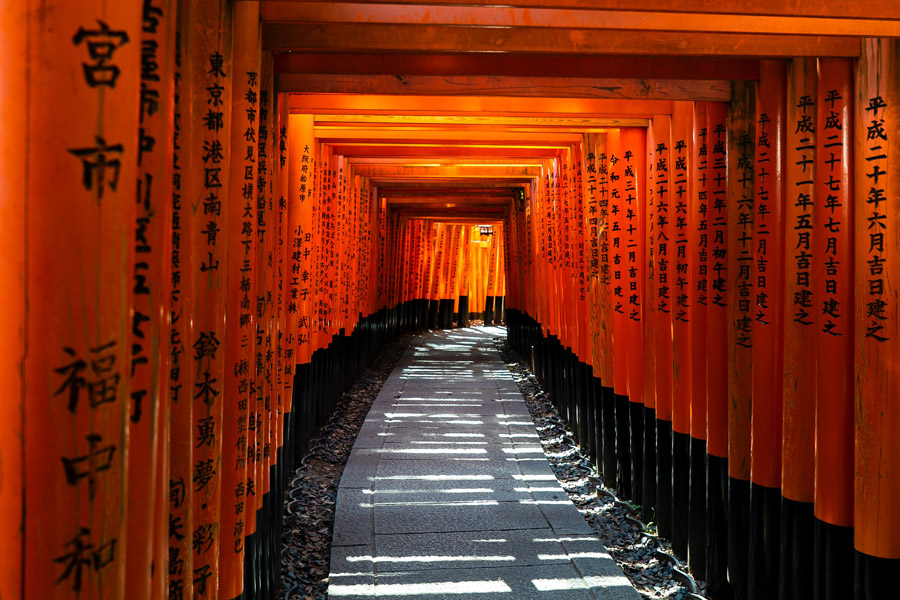
How did you first become interested in Japanese culture?
A friend asked me to write for a website in Japan that was about all things Japanese. I’ve been a journalist my whole life and I’ve written about everything, from court cases to firewalking to rock concerts to anti-abortion protests.
So, when she asked me if I could write about Japan, I was like, ‘sure’! And so I started writing about Japan. I wrote a lot of these blog posts for this website then after I’d done about 80 of them, I thought, well, this would be a good book. Two years later, boom, there it is.
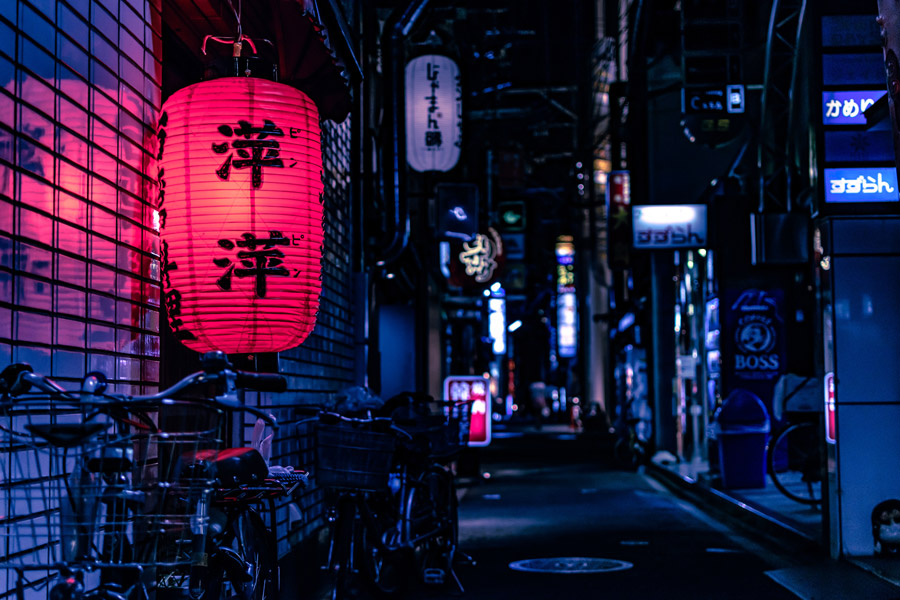
Was there anything you found particularly surprising on your first visits to Japan?
Oh, yeah, like…everything. I knew a number of things about Japanese culture, just like everybody does. The more positive overarching one is just how interconnected all the aspects of the culture are. Their sense of design is rooted in their love of nature and then trying to think how to put it all together. Everything is connected, it’s a very homogeneous culture and it’s a very ancient culture, so things have had a long time to develop.
But, really, up until about 150 years ago, it was a completely closed system on purpose. And so it has this self-contained quality to it that I find really interesting that you don’t see in a lot of cultures and certainly not in the United States, certainly not in Western Europe.
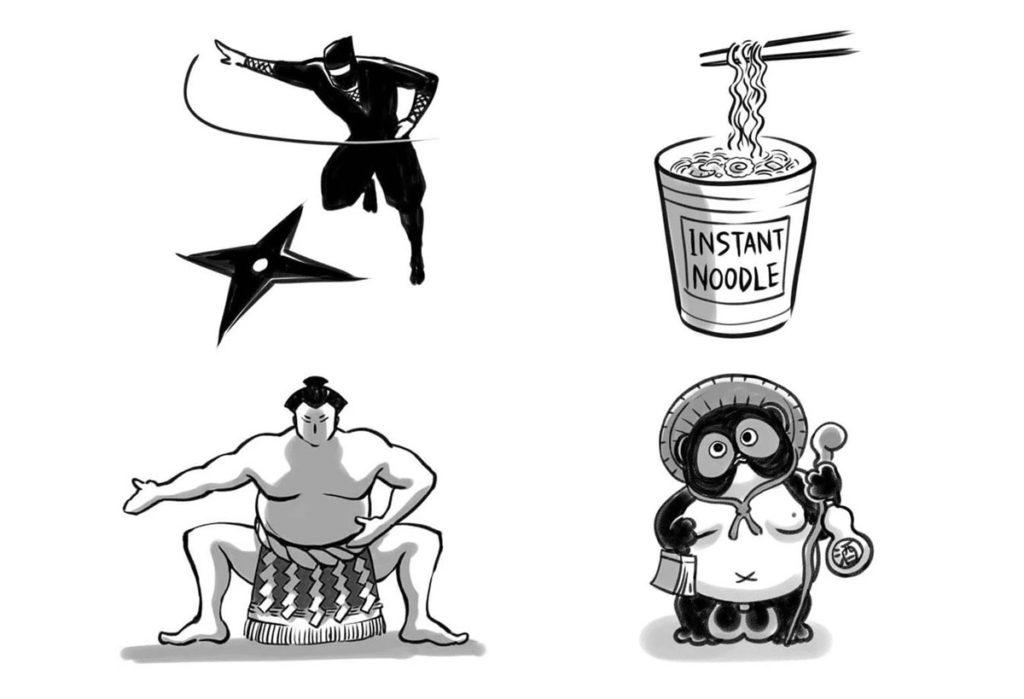
Partly because it’s a very distinctive, very unique, very whole, holistic thing. It’s just one of those global cultures, similar to Italy, England, United States, India… there are certain cultures that people are exposed to through the media. I mean, I grew up in the postwar United States, so we got a very specific view of Japan, or Germany for that matter, neither of which is particularly true anymore.
When Japan opened up, they completely threw themselves as a culture as a country into engaging with the outside world. So I think that probably a lot of people’s understanding of Japan just comes from Japan’s wanting to understand the rest of the world to get out and engage with the world after having been isolated for 700 years.
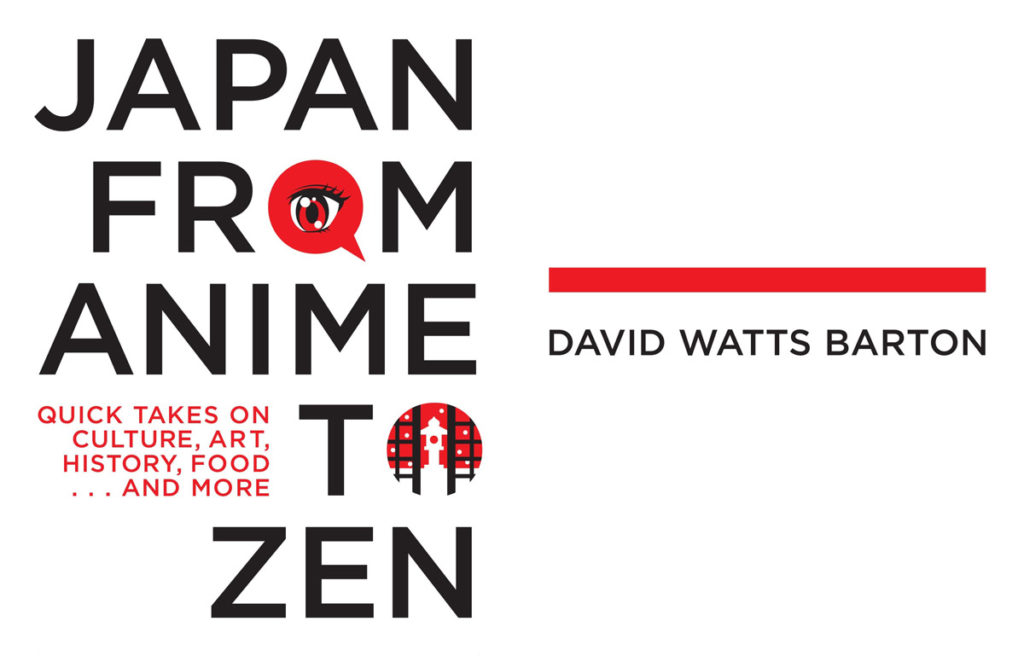
What was it like creating Japan from Anime to Zen?
I added probably a dozen chapters that were not from the original blog, and I went back to tighten some of the things. But there are lots of things that the book doesn’t cover. It’s a good start, it’s not something that is going to be like, ‘oh, okay, I read this book, and I know everything about Japan, I can stop finding out’, it’s more kind of to whet your appetite.
I thought about that too. Somebody could have the book and they see certain things in Japan and they can dip in and sort of say ‘oh, what what is this?’ I love just learning little new things, useless bits of information. Hopefully, this makes them more useful by putting them together in the book.
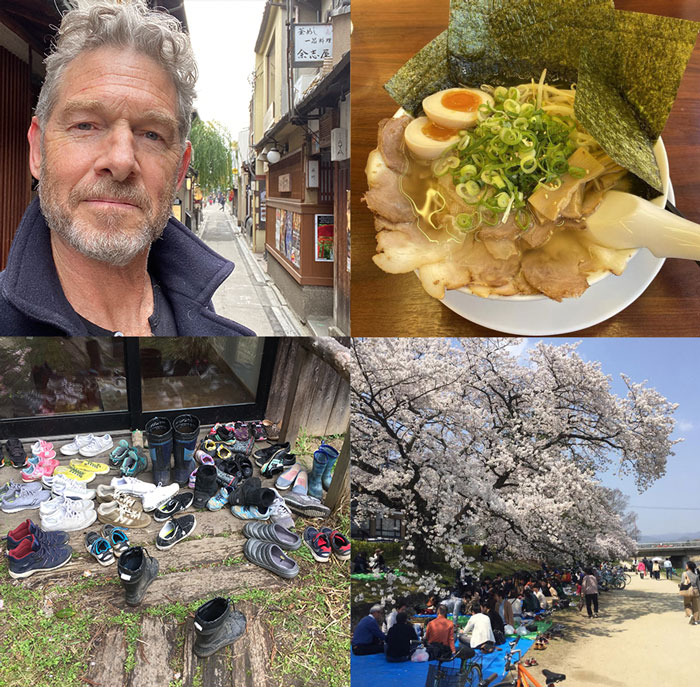
What parts of Japan stuck with you?
Tokyo is fantastic. But it’s just so massive and modern. Like Berlin, it suffered greatly during the war. There were large swathes of land that had been entirely wiped off the map and had to be rebuilt.
Kyoto is significantly smaller but very unique, surrounded by hills and rivers that pass through it. Kyoto has a lot of ancient wooden structures. You can stroll or ride your bike into the hills in Kyoto. I also love Kamakura, which is located on a bay south of Tokyo. It’s a stunning location that stood as the country’s capital for a while during the Kamakura Era.
The capital relocated to Tokyo during the Meiji Restoration in 1868, where wealth and power transferred to Tokyo during the Shogunate, this is when Tokyo began to expand and become the world’s largest metropolis.
But there is still plenty I haven’t seen in Japan. There’s just so much to discover!
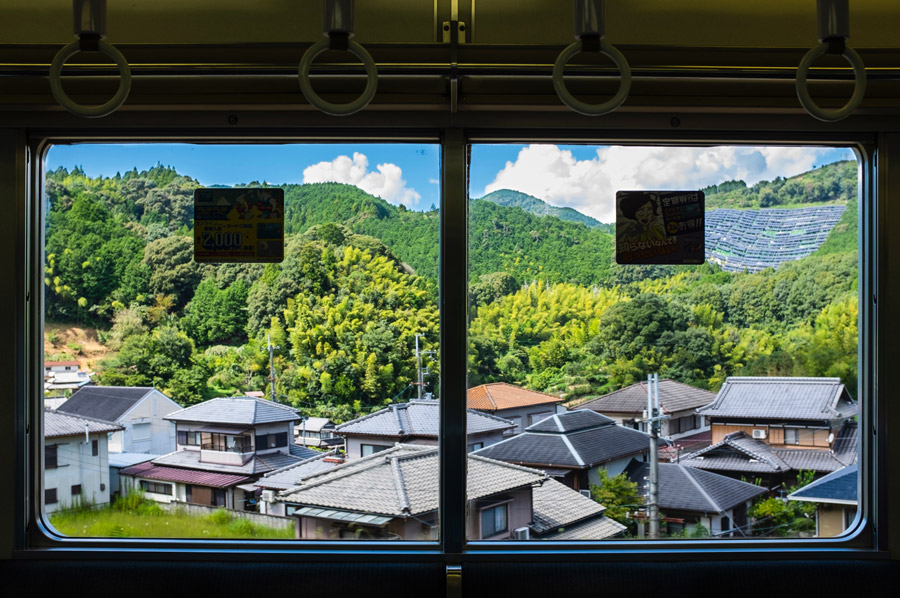
If you want to discover modern Japan, go to Tokyo. Kyoto is a must-see for anybody interested in historical Japan.
Kyoto is rich in temples, natural beauty, and Shinto culture. But both Tokyo and Kyoto have excellent restaurants. So, wherever you wind up in Japan, you’re covered in terms of cuisine! I miss the food, and not just Japanese food but also the Yōshoku, they have the best French food, Italian food, hamburgers, you name it.
I would say there’s a lot of outdoorsy things to do in Japan. Because the majority of Japan is forested or mountainous, there are many lovely little villages to explore. Many visitors avoid the cities in favour of visiting the Japanese Alps, particularly the Nagano region. Oh, and the ocean, of course; I’ve never been to Hiroshima, but it’s said to be beautiful.
There is also a pilgrimage path that completely covers Shikoku. It’s supposed to be incredible. It’s around 800 kilometres long although you may stop and stay in these buildings along the road, much like the Camino de Santiago in Spain.
The Japanese place a high value on nature. I do think, though, that a lot of foreigners get very caught up in the man-made aspect of Japan rather than natural Japan.















































